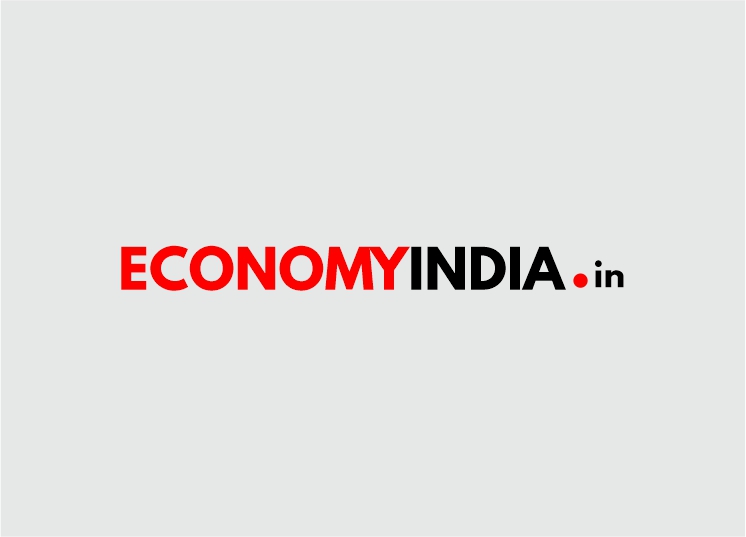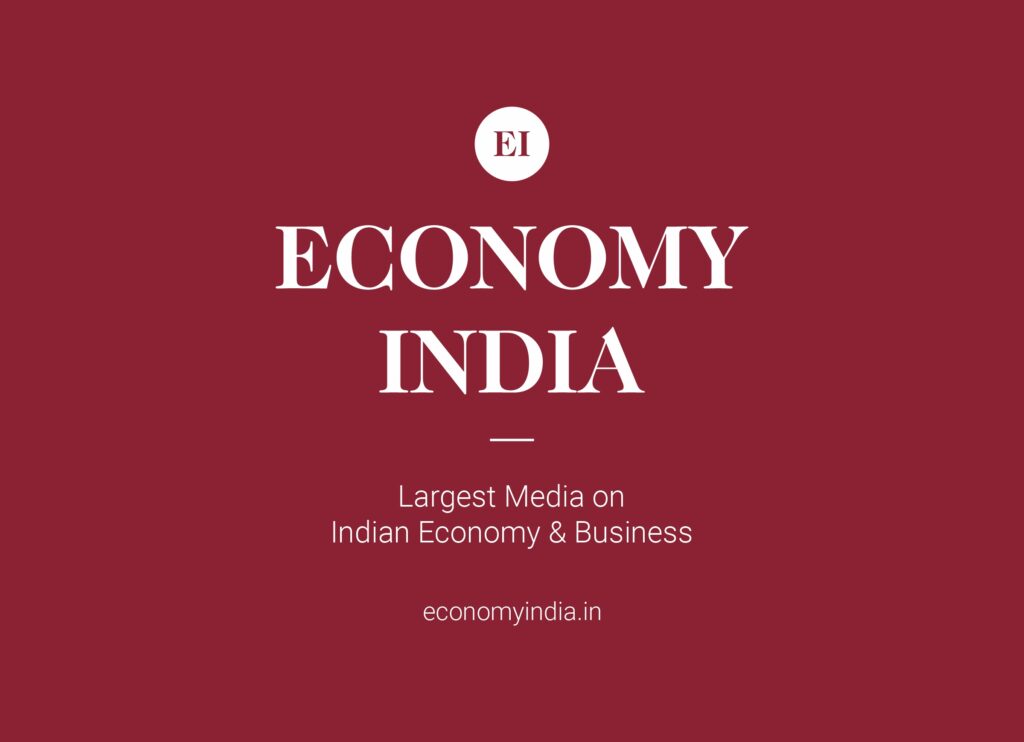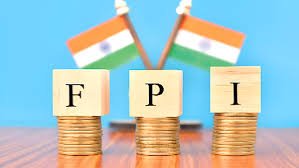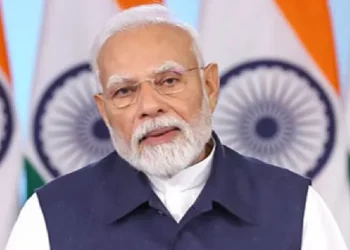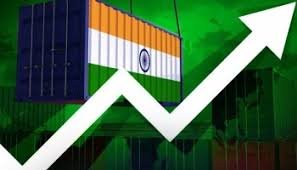A green transition will implicate five sectors – energy, mobility, industry, green buildings, and agriculture – that contribute to most of its GHG emissions. WEF said India’s path to decarbonisation will have an estimated economic impact of around $15 trillion by 2070.
It has been reported that India’s transition to a net-zero economy could contribute more than $1 trillion in economic opportunity by 2030, and create 50 million jobs by 2070, the World Economic Forum (WEF) said Monday.
As consensus emerges on the urgency and magnitude of the transformation needed to decarbonise the global economy, India’s role and contributions will be critical if the world is to achieve current targets, the company said in a research paper.
It has also estimated that India’s path to decarbonisation will have an estimated economic impact of around $15 trillion by 2070.
Energy Ecosystems
The white paper prepared in collaboration with Kearney India, and Observer Research Foundation (ORF), underlined that “India’s transition to a net-zero economy can save lives, catalyse new industries, create over 50 million jobs and contribute more than $15 trillion in economic impact. It is time for a Green New Deal for India”.
The largest source of employment creation, WEF said, “will be from the transition to sustainable energy ecosystems (more than 50% of the overall estimated net job creation), dominated by renewable power generation, followed by power networks and electrification infrastructure including in the mobility and industry sectors.”
It said the green buildings, infrastructure and ‘cities pillar’ would be the next largest source of employment creation, with the potential to offer upwards of 25% of the projected job creation from the Green New Deal for India.
As per the WEF whitepaper, “net job losses will arise in coal mining and processing, as well as coal power generation and crude oil extraction, processing and refining”.
India at a Cusp
WEF said India is at the cusp of two significant transformations. The first is its economic transformation and the second is its green transformation.
“India will soon be the most populous country in the world – and will be home to one of the youngest populations in the world. The country is also home to a large population that lives below the poverty line.
A rapid and equitable economic growth will be critical to meet the growth and lifestyle aspirations of 1.4 billion people.
The manufacturing sector will need to grow to supplement the impressive services sector economy and cater to the large population living off the agrarian economy,” it said.
“India’s per capita energy use today is lower than most nations, its use of materials such as iron is still modest, and its manufacturing sector is still relatively underdeveloped. Unlike developed nations with mature greenhouse gas (GHG) infrastructure, India is yet to build a lot of its GHG inventory.
However, as India grows, so will its GHG footprint. While India’s growth will need to factor in higher consumption levels across its population, it has a unique opportunity to leapfrog this journey through low/no emissions technologies,” the research paper underlined.
The Five Sectors
A green transition for India will “implicate five sectors that contribute to almost all its GHG emissions” and these are energy, mobility, industry, green buildings and agriculture.
With regard to green mobility, WEF wrote, India will need a shift in “modal mix from road to rail, as well as a broad-based fuel diversification approach to encourage sustainable fuels — biofuels, CNG, LNG — in the immediate term, electrification in the medium term and hydrogen-based heavy mobility in the long term”.
The whitepaper further explained that energy sector accounts for approximately 40% of India’s GHG emissions, with coal being the dominant source of total fossil CO2 emissions.
“Decarbonizing the energy sector is a foundational priority…and will require a three-pronged approach: replace fossil fuels with renewables; reduce fossil CO2 emissions from legacy infrastructure through enhanced efficiencies, and remove unavoidable carbon emissions through carbon sequestration”.
Net zero Emissions
In addition to the five sectoral pillars, according to WEF, India will need four cross-sectoral enablers for its green transition.
These include an “accelerated approach to green technology innovation, an overarching framework to catalyse green finance, an integrated approach to carbon, capture, utilization, and storage, and a plan for climate adaptation.”
At the 26th UN Climate Change Conference of the Parties (COP26) in Glasgow, Prime Minister Narendra Modi last week had made five key climate commitments including setting up 500 GW of installed non-fossil fuel power capacity by 2030, getting 50 percent of its energy from renewable sources by the same time, and achieving net-zero emissions by 2070.
Modi also had said India would reduce its emissions intensity by close to 45 percent by 2030 and cut 1 billion tonnes of carbon emissions by 2030. (MoneyControl)

